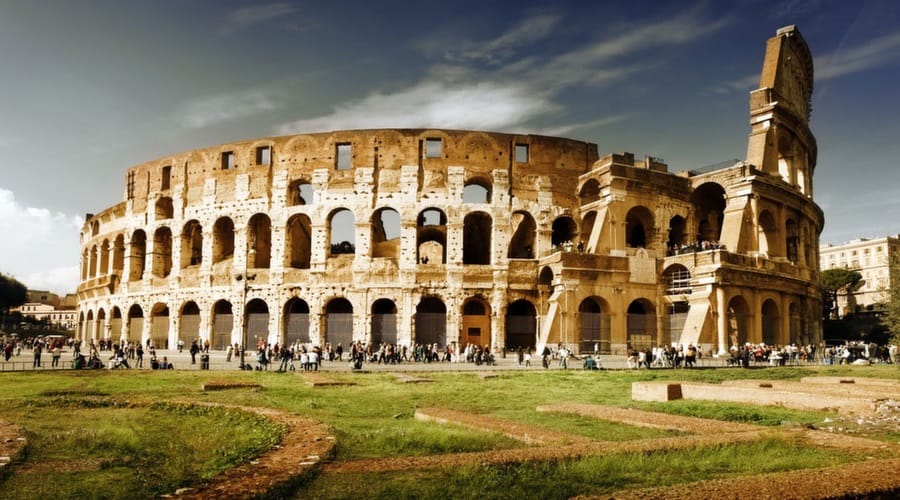
The Role of the Classical Style of Greece and Rome in the Development of Early Christian Art essay
Early Christian art represents a period of art from the rise of Christianity and the recognition of Christianity in 313 till the formation of Byzantine art in the 6th – 7th century (Jensen, 2000). In fact, initially, Early Christian art had no distinctive patterns, and was strongly influenced by art and architecture of ancient Rome and Greece, i.e. was closely tied to the late antique tradition from which it took many of the motifs, forms and artistic techniques. On the one hand, at that time there were still a significant number of influential supporters of paganism, who could encourage such trends and favor the Christianity adopting the ancient heritage. On the other hand, the source of such trends was the imperial court that realized its connection to pre-Christian times from which the existing state system and the imperial power itself had derived (Jensen, 2000). Thus, in this era of instability classicism had undeniable advantages; it helped to preserve and transmit to future generations the abundance of forms inherent in the art of the past, as well as its beauty ideal that could become irretrievably lost.
Indeed, the sculptors of the Early Christianity had constant strive to return to the classical images. For example, the Early Christian architecture utilizes the already existing classic Roman architectural types of basilica and a rotunda later changing their spatial relations and internal division for its needs. Also, following the Hellenistic doctrine, Early Christian art and painting depicts the divine as tangible natural anthropomorphic form. Thus, the symbolic images survived which were drawn from the allegorical images of classical art: for example, Orpheus is portrayed as a symbol of Christ who leads the souls out of the inferno; some Roman iconographic images and motifs were modified (good shepherd, philosopher, angel, fish, grapes, etc.).
Relation of Christianity to the rich set of classic subjects remained positive. After all, it is illogical to assume that before Christ the mankind lived and was able to accumulate so much wisdom without instruction from above, and in complete ignorance of God. Therefore, it was assumed that the divine principle was comprehended not directly, but through the perception of the divine order of the world, which was formed by the natural philosophy, political, legal sciences, and the classical art (Jensen, 2000). Later, the development of Christianity accelerated the decomposition of classical forms, and laying the foundations of medieval art, led to large-scale truly revolutionary change.

